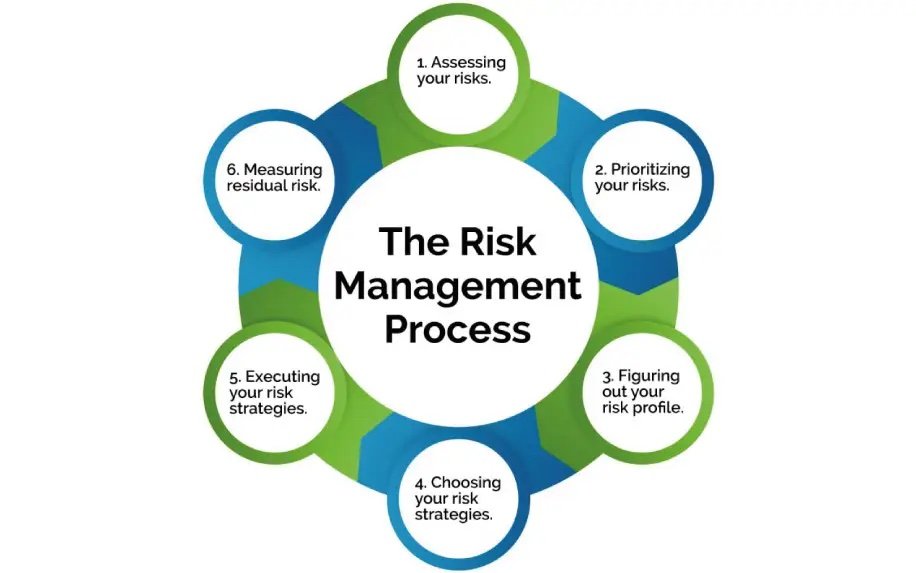What's the Difference Between Compliance Assurance, Compliance Management and Risk Management?
In the world of regulatory requirements, there are several terms floating around, that from a glance may conjure up the same ideas. However, the terms Compliance Assurance, Compliance Management and Risk Management are all quite different, serving different areas of an organization and/or industry. This blog unpacks these differences.
Compliance Assurance, Compliance Management, Risk Management or all three?
Anything that has compliance or risk in its title should be labeled a priority for all facets of business. If you are not compliant, you are not legally meeting the minimum standards outlined by the government or industry bodies. This in turn puts your employees at high risk and could damage the integrity and reputation of your business.
The health and safety of your employees are vitally important for any organization, hence regulatory bodies put in place legal requirements that are to be adhered to throughout a business and its operations. Increasingly important are your environmental commitments and impacts both internally and externally as ESG, CSRs and the transition Net-Zero take firm hold. It’s, therefore, no surprise that EHS legislation is on the rise and being frequently updated in a bid to combat any harm to society and the environment on a local and global scale.
What is Compliance Assurance?
Compliance Assurance considers the regulations, policies and processes set out by the governing body or association. When you break down these regulations into a set of legal requirements, compliance assurance is building a business process and/or system to ensure the regulated institution follows each of these legal requirements. Change management is another important element of compliance assurance. As new regulations are published or existing ones are updated, there may be extra requirements that apply to a business's operations that were not captured before, and tracking this using a reliable system is critical. Activities for compliance assurance professionals could include departmental and operational inspections, testing, monitoring, assurance mapping, record-keeping, enforcement, and reporting.
Citation Manage™ platform - Applicability Review dashboard
Field experts are then able to determine their compliance with a YES, NO or UNSURE response to a legal requirement question.
A compliance assurance solution helps businesses identify, track, and show their compliance against each of these legal requirements. For example, Citation Manage™ has an applicability review feature which enables compliance professionals to identify which legal requirements apply to their operations at a local level. Field experts are then able to determine their compliance with a YES, NO or UNSURE response to a legal requirement question. These responses populate a set of compliance reports in real-time for senior management to view. Citation Manage™ also tracks the regulations from the source for ongoing changes. If a regulatory requirement is updated, it will alert the relevant users instantly so that they can be reviewed and acted upon to avoid non-compliance.
What is Compliance Management?
Using the regulatory requirements identified during the compliance assurance process, Compliance Management entails the handling of policies and procedures to set out an operation’s compliance obligations. Compliance management is the act of ensuring employees across the business adhere to their legal obligations to ensure compliance and that stakeholders are aware of these activities. Part of compliance management could also entail working towards best practices or achieving industry standards that go above and beyond compliance obligations.
Compliance management tools automate and facilitate the processes and procedures that a business must have in place to remain compliant. A compliance management system like Citation Manage™ deconstructs the regulations into a list of detailed legal requirements. Each requirement contains an action that the company must perform to remain compliant. To assist with the burden of such management, a module called Task Manager allows users to set up individual or recurring tasks with due dates for each of these actions. Automated reminders are then sent to designated team members to mitigate human error. This allows the business to consistently achieve compliance with both outside regulatory and legal requirements, as well as internal policies and bylaws.
What is Risk Management?
Business risks can originate from many different sources, for example, legal liabilities, workplace accidents, environmental disasters, technology challenges, financial issues or more. Broadly speaking there are three types of risk; business risk, non-business risk and financial risk. The process of identifying these risks, assessing their impact, and ultimately managing them to protect business assets is all part of risk management. Risk management seeks to avoid non-compliance and sustain normal business activity.
Image credit: MHA-IT
Risk management software can assist an organization by minimizing threats through advanced procedural planning should an incident take place. Using analytics and projections, these solutions can make the assessment of an individual scenario much faster. Citation Manage™ enables a risk professional to enter a risk, deem its level of impact and set up an automated workflow of actions should the event occur. This means corrective action will be prompt as responsibilities are assigned within seconds, minimizing the overall impact and risk to the business.
Which is most important for my business?
Compliance and risk-related activities go hand in hand and are both critical elements of a successful business. If you work towards compliance, your risk will decrease, whereas if you ignore compliance, your risk levels increase substantially. Compliance-related activities exist to minimize risk and maintain safe working practices. However, every business will need to prepare for unforeseen incidents where risk management is necessary e.g. spillages and injuries. Ultimately, when dealing with both compliance and risk, if shortcuts are taken the price tag could be very high including site closures and hefty fines.
Citation Manage™ is a combined solution that encapsulates compliance assurance, compliance management as well as some aspects of your risk management. This is the perfect solution for an organization with multiple operations, modest resources, and a limited budget. Find out more here to get started: https://www.citationcompliance.com/software-solutions
You may also like to read this: What is RegTech and Regulatory Monitoring?



